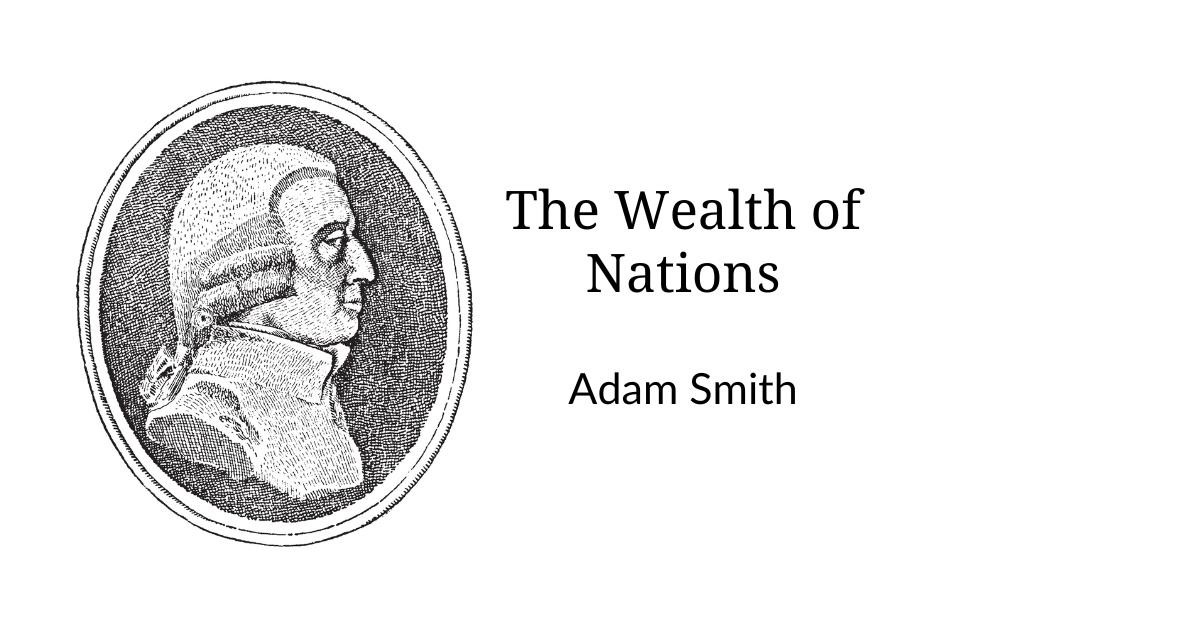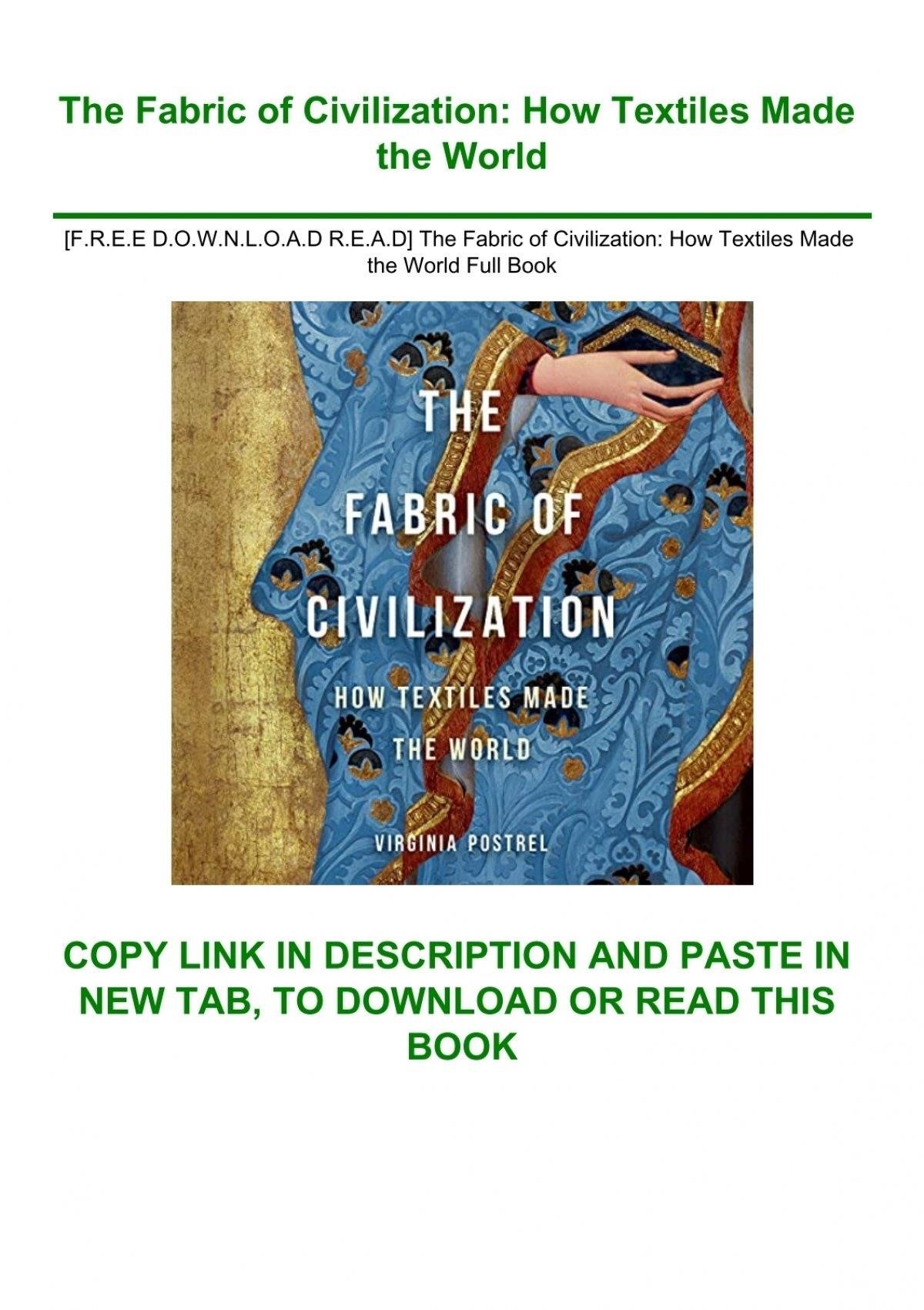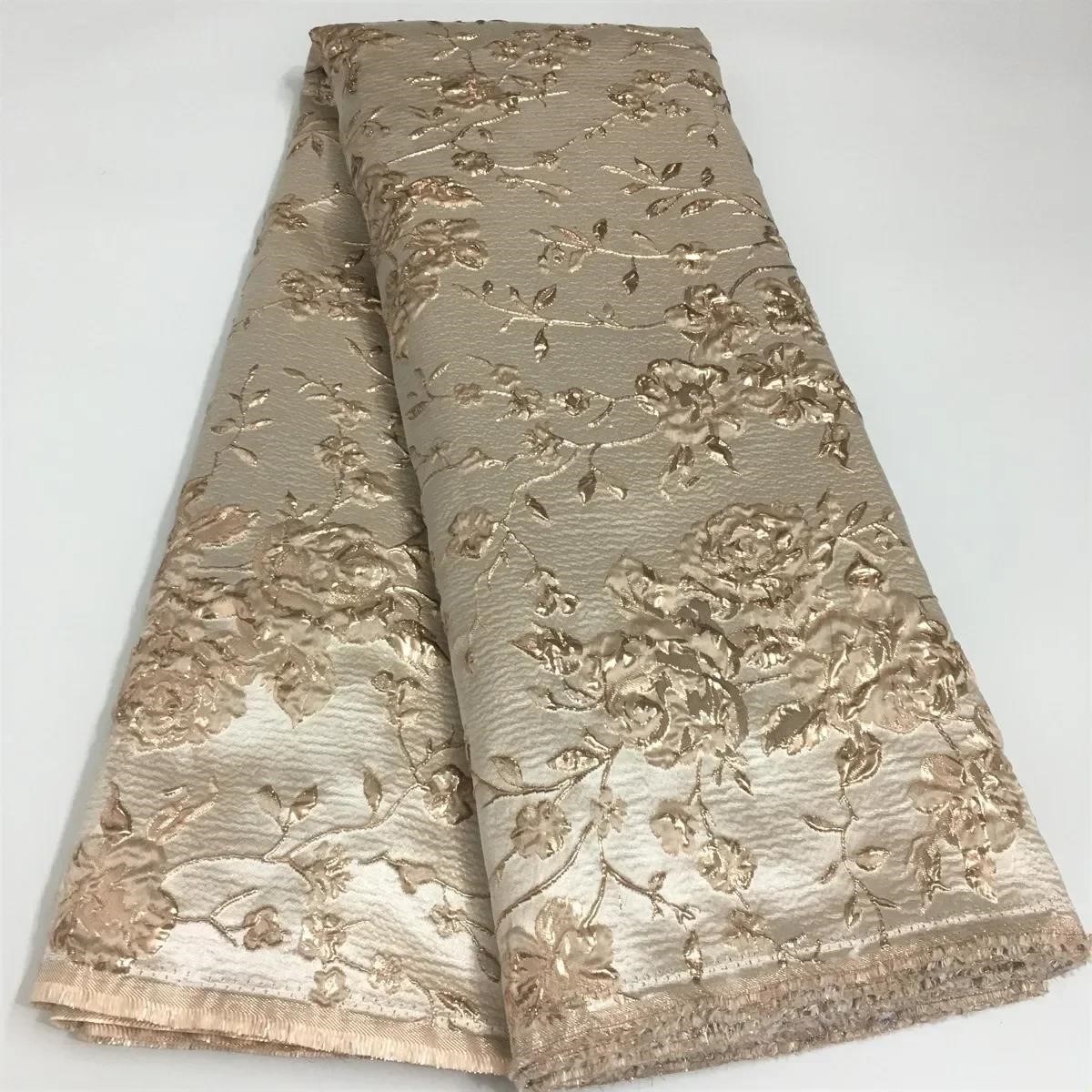Fabric of a Nation Textbook PDF⁚ A Comprehensive Guide
This guide explores the “Fabric of a Nation” textbook, a valuable resource for AP US History. It examines access methods, eBook formats, content approach, skill integration, alignment with the AP framework, teacher resources, user reviews, and purchasing options. The book uniquely blends historical narrative with AP exam preparation.
Overview of the Textbook
The “Fabric of a Nation” textbook presents a novel approach to AP US History, diverging from traditional content-heavy models. Developed by seasoned AP leaders Jason Stacy and Matthew Ellington, it prioritizes skill development alongside historical knowledge. Unlike many textbooks that primarily focus on rote memorization of facts, “Fabric of a Nation” seamlessly integrates historical narrative with crucial AP skills practice. This innovative approach equips students with the analytical and critical thinking abilities necessary to succeed in the AP exam and beyond. The textbook’s structure is designed to foster a deeper understanding of historical processes and their interconnectedness, moving beyond simple memorization to a more nuanced comprehension of the subject matter. It emphasizes primary source analysis and interpretation, preparing students to effectively engage with diverse historical evidence. The inclusion of regular AP exam practice sections further enhances the textbook’s value, providing students with ample opportunities to hone their exam-taking skills.
Accessing the Textbook⁚ Free and Paid Options
Securing access to the “Fabric of a Nation” textbook involves several avenues, catering to diverse budgets and preferences. While a free PDF download isn’t readily available through official channels, various options exist. Purchasing the textbook directly from the publisher, Bedford/Freeman & Worth, or through online retailers like eCampus.com provides access to both print and digital formats. These options often include access to supplemental online resources, potentially enhancing the learning experience. Libraries may also offer access through their ebook collections, providing a cost-effective alternative for students. Exploring platforms like Overdrive and Libby, which partner with libraries, is another viable route. The availability of the textbook through these services depends on individual library holdings. For educators considering adopting the textbook, contacting the publisher directly is advisable to inquire about potential bulk purchase discounts or access to teacher resources. Remember to always verify the authenticity of any online sources to avoid potentially illegal or unreliable copies.
eBook Formats and Compatibility
The “Fabric of a Nation” textbook is available in multiple digital formats to ensure accessibility across various devices and reading preferences. While PDF is a common format, the availability of others, such as EPUB and MOBI, should be confirmed with the publisher or retailer. PDF offers widespread compatibility, functioning seamlessly across numerous operating systems and devices including computers, tablets, and smartphones. EPUB, optimized for e-readers, provides a more adaptable reading experience, adjusting text size and layout to suit different screen sizes. MOBI, primarily used by Kindle devices, provides a format specifically tailored for Amazon’s ecosystem. Compatibility depends on the specific software or device utilized; users should check their e-reader or device’s capabilities before purchasing to ensure seamless integration. The publisher’s website or the retailer’s product description will provide the most accurate information regarding available formats. In the case of digital rentals, the format may be restricted by the rental platform’s policies. Always confirm the specific format offered prior to purchasing or renting.
Content and Approach⁚ A Unique AP US History Resource
Unlike traditional AP US History textbooks that prioritize rote memorization, “Fabric of a Nation” adopts a novel approach by seamlessly integrating historical narrative with the development of crucial analytical skills. This innovative method emphasizes the interpretation of historical sources and the application of historical reasoning processes, aligning perfectly with the current AP US History framework’s focus on skills-based learning. The textbook’s content is structured to foster a deeper understanding of American history, moving beyond simple chronological recounting of events. It encourages critical thinking through primary source analysis and the application of historical thinking skills, preparing students for the complexities of the AP exam. Authors Jason Stacy and Matthew Ellington, long-time AP leaders, have crafted a resource that directly addresses the evolving demands of the AP curriculum. The book’s unique structure makes it stand out from other AP US History textbooks, emphasizing skills acquisition alongside content mastery. This approach better equips students not just to pass the AP exam, but also to engage critically with historical materials.
Integration of Skills, Sources, and AP Exam Practice
A standout feature of “Fabric of a Nation” is its seamless integration of historical content, primary source analysis, and AP exam practice. Unlike many textbooks that treat these elements as separate components, this resource weaves them together organically. Each chapter incorporates primary sources—documents, images, and other artifacts—allowing students to develop their analytical skills by directly engaging with historical evidence. The textbook actively guides students through the process of interpreting these sources, teaching them how to identify biases, synthesize information, and construct historical arguments. Furthermore, the integration of AP exam practice is not an afterthought; it’s a continuous process. The book includes numerous practice questions, essay prompts, and other activities that mirror the format and style of the AP exam. This consistent reinforcement of skills ensures students are not only learning historical content but also developing the skills necessary to succeed on the exam. This integrated approach ensures that students are constantly practicing the skills they need to succeed, making “Fabric of a Nation” a comprehensive and effective tool for AP US History preparation.
Alignment with the AP US History Course Framework
The “Fabric of a Nation” textbook is meticulously aligned with the current AP US History Course Framework. This ensures that students using the textbook are comprehensively covering all required topics and skills. The framework’s emphasis on historical thinking skills—such as analyzing primary sources, constructing arguments, and contextualizing historical events—is reflected throughout the textbook. The content is structured to correspond directly with the course’s periodization and thematic framework, making it easy for teachers and students to navigate the material. Each chapter directly addresses specific learning objectives outlined in the framework, providing a clear roadmap for mastering the curriculum. Furthermore, the textbook’s inclusion of primary sources and practice questions is specifically designed to build the skills emphasized by the College Board. This careful alignment minimizes the need for supplementary materials and ensures that students are well-prepared for both classroom assessments and the AP exam. The book’s structure mirrors the framework’s chronological and thematic organization, offering a cohesive and comprehensive learning experience.
Teacher Resources and Support Materials
Beyond the student textbook, “Fabric of a Nation” offers a robust suite of resources designed to support teachers in delivering a dynamic and effective AP US History course. These resources are often available in digital formats, providing accessibility and flexibility. A comprehensive teacher’s edition provides in-depth explanations, lesson plans, and assessments aligned with the textbook’s content and the AP framework. Digital components might include interactive exercises, primary source analysis tools, and presentation materials. These supplementary materials help teachers adapt the curriculum to meet the diverse needs of their students. Access to online platforms may also provide opportunities for collaboration and communication among teachers, fostering a sense of community and shared expertise. The availability of these resources contributes to a more efficient and effective teaching process, freeing up teachers to focus on individual student support and engagement. Regular updates and enhancements to these materials ensure they remain current with the evolving AP US History curriculum and best teaching practices.

Reviews and User Feedback
Reviews of “Fabric of a Nation” consistently highlight its innovative approach to AP US History. Many praise its seamless integration of historical narrative, skills practice, primary sources, and AP exam preparation, features often cited as lacking in traditional textbooks. Teachers appreciate the comprehensive teacher resources and the book’s alignment with the AP curriculum framework, simplifying lesson planning and assessment. Students find the engaging presentation and the incorporation of diverse perspectives valuable, leading to a deeper understanding of US history. Positive feedback emphasizes the book’s success in preparing students for the rigors of the AP exam. While some reviews may mention minor areas for improvement, the overall sentiment reflects the book’s effectiveness in fostering historical thinking skills and content mastery. The overwhelmingly positive user feedback underscores “Fabric of a Nation’s” status as a leading textbook in AP US History.

Where to Purchase or Access the Textbook
Acquiring “Fabric of a Nation” is straightforward, offering various options to suit individual needs and preferences. The textbook is readily available for purchase from major online retailers such as Amazon and directly from the publisher, Macmillan Learning or Bedford, Freeman & Worth. These platforms often provide options for purchasing new or used copies, as well as digital versions in formats like PDF or ePub. Educational institutions may also offer the textbook through their bookstores or online learning platforms. Libraries sometimes include it in their collections, allowing access through borrowing programs or digital lending services. Exploring options such as Overdrive or Libby, library reading apps, might reveal accessibility through local libraries. For instructors, contacting the publisher directly can provide information on bulk purchasing options and supplementary teacher resources. Thus, multiple avenues ensure convenient access to this valuable AP US History resource.
